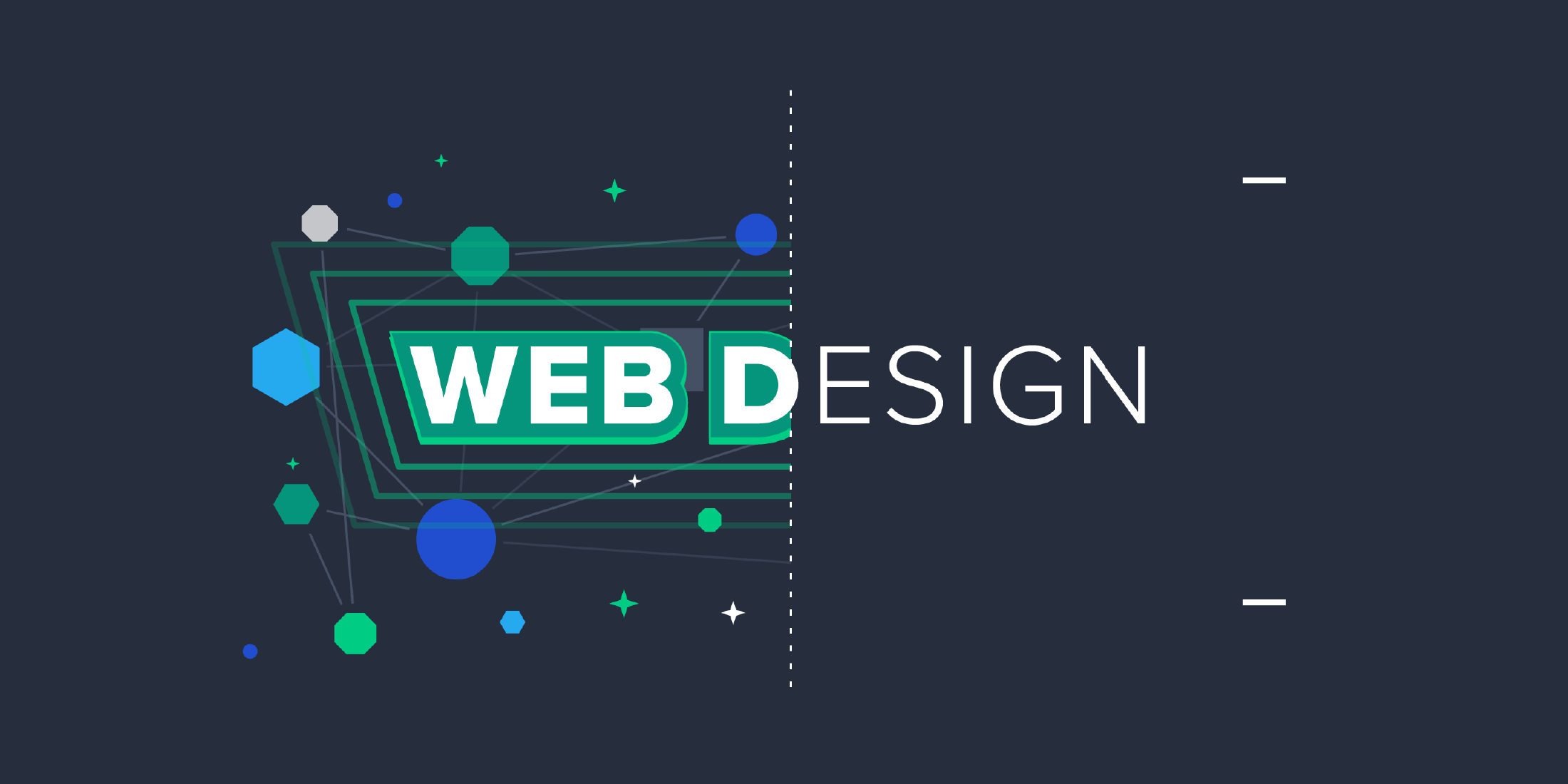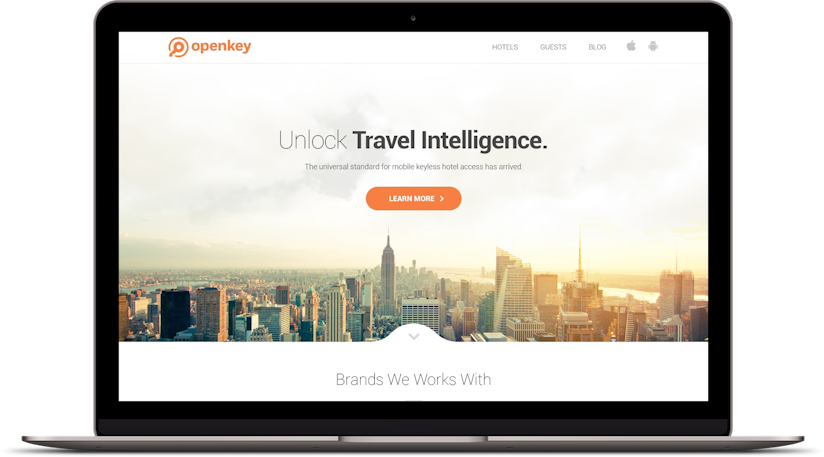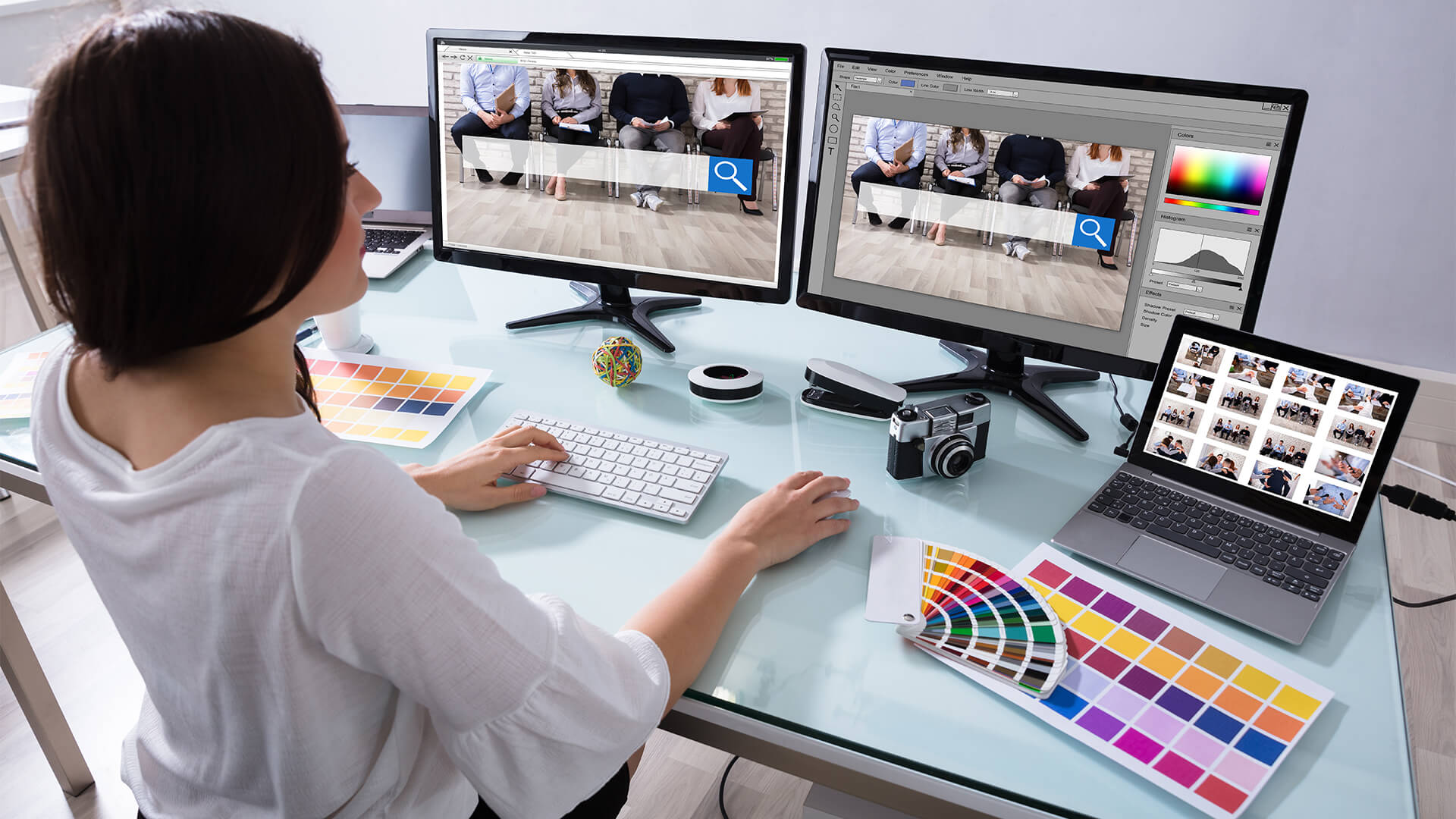All Categories
Featured
Table of Contents
- – Custom Web Design, Development & Digital Marke...
- – Web Design Blog - Webdesigner Depot Webdesign...
- – Learn Web Design With Online Courses, Classes...
- – What Is Web Design (And How Do I Get It Right...
- – Why Web Design Is Dead - - Ux Magazine Tips a...
- – Why Is Web Design Important? - 6 Reasons To I...
- – Why Good Web Design Is Important, And Why Yo...
- – Web Page Design: A Comprehensive Guide - Ado...
- – Otc Web Design Girdwood, Alaska - Web Design...
- – Why Web Design Is Dead - - Ux Magazine Tips ...
- – Learn Web Design With Online Courses, Classe...
Custom Web Design, Development & Digital Marketing ... Tips and Tricks:
Quick summary Use and the utility, not the visual style, figure out the success or failure of a website. Considering that the visitor of the page is the only person who clicks the mouse and for that reason decides everything, user-centric design has established as a basic method for successful and profit-oriented web design - web design frederick md.
and the utility, not the visual style, determine the success or failure of a site. Considering that the visitor of the page is the only individual who clicks the mouse and therefore decides everything, user-centric style has actually become a basic method for effective and profit-oriented web design. If users can't utilize a feature, it may as well not exist.
g. where the search box ought to be positioned) as it has actually already been carried out in a variety of posts; instead we focus on the methods which, utilized correctly, can cause more sophisticated design decisions and streamline the procedure of perceiving presented details. Please discover that you might be thinking about the usability-related posts we have actually published before: Concepts Of Good Website Style And Efficient Website Design Guidelines, In order to utilize the concepts appropriately we initially need to comprehend how users engage with websites, how they believe and what are the fundamental patterns of users' habits.
Web Design Blog - Webdesigner Depot Webdesigner Depot Tips and Tricks:
Visitors glance at each new page, scan some of the text, and click the very first link that catches their interest or vaguely looks like the thing they're searching for. There are large parts of the page they don't even look at. A lot of users look for something fascinating (or beneficial) and clickable; as soon as some promising prospects are found, users click.
If a page provides users with premium material, they want to jeopardize the material with ads and the style of the website. This is the reason that not-that-well-designed websites with premium material get a great deal of traffic over years. Material is more crucial than the design which supports it.

Extremely simple concept: If a website isn't able to satisfy users' expectations, then designer failed to get his job done appropriately and the company loses cash. The higher is the cognitive load and the less instinctive is the navigation, the more willing are users to leave the website and search for alternatives.
Learn Web Design With Online Courses, Classes, & Lessons Tips and Tricks:
Neither do they scan web page in a linear fashion, going sequentially from one site area to another one. Instead users satisfice; they pick the first sensible option. As quickly as they find a link that looks like it may lead to the goal, there is a great chance that it will be immediately clicked.
It doesn't matter to us if we understand how things work, as long as we can use them. If your audience is going to act like you're developing billboard, then design excellent billboards." Users wish to be able to manage their internet browser and rely on the constant data presentation throughout the site.
If the navigation and website architecture aren't intuitive, the variety of enigma grows and makes it harder for users to understand how the system works and how to receive from point A to point B. A clear structure, moderate visual hints and easily recognizable links can assist users to discover their path to their aim.
What Is Web Design (And How Do I Get It Right)? - 99designs Tips and Tricks:

Since users tend to check out sites according to the "F"-pattern, these three statements would be the first components users will see on the page once it is packed. The style itself is simple and user-friendly, to understand what the page is about the user needs to search for the answer.
When you've attained this, you can communicate why the system works and how users can take advantage of it. People won't use your website if they can't discover their way around it. 2. Don't Waste Users' Perseverance, In every project when you are going to provide your visitors some service or tool, attempt to keep your user requirements minimal.
First-time visitors are ready to, not filling long web kinds for an account they might never use in the future. Let users explore the website and find your services without requiring them into sharing personal data. It's not reasonable to require users to go into an e-mail address to evaluate the feature.
Why Web Design Is Dead - - Ux Magazine Tips and Tricks:
Stikkit is a perfect example for an user-friendly service which requires almost absolutely nothing from the visitor which is unobtrusive and reassuring. And that's what you desire your users to feel on your website. Obviously, Termite requires more. Nevertheless the registration can be done in less than 30 seconds as the form has horizontal orientation, the user doesn't even need to scroll the page.
A user registration alone suffices of an impediment to user navigation to reduce inbound traffic. 3. Manage To Focus Users' Attention, As sites offer both static and vibrant content, some aspects of the interface bring in attention more than others do. Clearly, images are more distinctive than the text simply as the sentences marked as strong are more appealing than plain text.
Focusing users' attention to particular areas of the website with a moderate usage of visual components can help your visitors to get from point A to point B without thinking of how it really is supposed to be done. The less enigma visitors have, the they have and the more trust they can develop towards the business the website represents.
Why Is Web Design Important? - 6 Reasons To Invest In Site ... Tips and Tricks:
Aim For Function Direct exposure, Modern web designs are typically slammed due to their approach of assisting users with aesthetically appealing 1-2-3-done-steps, large buttons with visual impacts and so on. From the design perspective these aspects in fact aren't a bad thing.
The site has 9 primary navigation options which are noticeable at the first look. What matters is that the material is well-understood and visitors feel comfortable with the way they engage with the system.
com gets directly to the point. No charming words, no exaggerated declarations. Rather a cost: simply what visitors are looking for. An optimal solution for reliable writing is touse short and succinct phrases (come to the point as rapidly as possible), usage scannable design (categorize the material, use several heading levels, utilize visual elements and bulleted lists which break the flow of uniform text blocks), usage plain and objective language (a promotion doesn't require to seem like advertisement; provide your users some sensible and unbiased reason they should utilize your service or remain on your site)6.
Why Good Web Design Is Important, And Why You Need It Tips and Tricks:
Users are seldom on a website to take pleasure in the design; moreover, in a lot of cases they are looking for the details despite the design - web design frederick md. Pursue simpleness instead of intricacy. From the visitors' viewpoint, the best site style is a pure text, with no ads or more content obstructs matching precisely the inquiry visitors used or the material they've been searching for.
Finch clearly provides the info about the site and gives visitors a choice of alternatives without overcrowding them with unnecessary material. Not just does it help to for the visitors, but it makes it possible to perceive the details presented on the screen.
Complex structures are more difficult to check out, scan, evaluate and work with. If you have the option between separating two style segments by a noticeable line or by some whitespace, it's typically much better to utilize the whitespace option. (Simon's Law): the better you handle to provide users with a sense of visual hierarchy, the easier your content will be to view.
Web Page Design: A Comprehensive Guide - Adobe Xd Ideas Tips and Tricks:
The exact same conventions and guidelines ought to be used to all elements.: do the most with the least amount of cues and visual aspects. 4 major indicate be thought about: simpleness, clearness, diversity, and emphasis. Simplicity includes just the elements that are essential for interaction. Clearness: all elements must be developed so their significance is not uncertain.
Conventions Are Our Pals, Conventional design of site elements doesn't lead to a boring website. As they reduce the learning curve, the need to figure out how things work. It would be a functionality problem if all websites had various visual discussion of RSS-feeds. That's not that different from our regular life where we tend to get used to fundamental concepts of how we arrange information (folders) or do shopping (positioning of items).
understand what they're anticipating from a site navigation, text structure, search positioning etc. A common example from functionality sessions is to translate the page in Japanese (presuming your web users do not understand Japanese, e. g. with Babelfish) and supply your functionality testers with a job to find something in the page of various language.
Otc Web Design Girdwood, Alaska - Web Design & Google ... Tips and Tricks:
Test Early, Test Typically, This so-called TETO-principle needs to be used to every web style task as functionality tests typically offer into substantial problems and problems related to a provided layout. Test not too late, not too little and not for the incorrect factors.
Some crucial points to keep in mind: according to Steve Krug, and screening one user early in the task is better than testing 50 near completion. Accoring to Boehm's first law, errors are most regular throughout requirements and design activities and are the more pricey the later on they are eliminated.
That indicates that you develop something, test it, repair it and after that check it once again. There might be issues which haven't been discovered throughout the first round as users were practically obstructed by other issues. functionality tests. Either you'll be pointed to the problems you have or you'll be pointed to the lack of significant style defects which is in both cases a beneficial insight for your project.
Why Web Design Is Dead - - Ux Magazine Tips and Tricks:

This holds for designers. After you have actually dealt with a site for couple of weeks, you can't observe it from a fresh perspective any longer. You understand how it is built and therefore you know precisely how it works you have the wisdom independent testers and visitors of your website wouldn't have.
It can be connected to other locations such as graphic style, user experience, and multimedia arts, however is more appropriately seen from a technological viewpoint. It has become a big part of individuals's daily lives. It is difficult to think of the Internet without animated graphics, different designs of typography, background, videos and music.

Throughout 1991 to 1993 the Internet was born. Text-only pages might be seen utilizing a simple line-mode web browser. In 1993 Marc Andreessen and Eric Bina, produced the Mosaic internet browser. At the time there were multiple browsers, however most of them were Unix-based and naturally text heavy. There had actually been no integrated approach to graphic style elements such as images or noises.
Learn Web Design With Online Courses, Classes, & Lessons Tips and Tricks:
The W3C was created in October 1994 to "lead the World Wide Web to its complete potential by developing typical procedures that promote its evolution and guarantee its interoperability." This prevented any one business from monopolizing a propriety browser and shows language, which might have modified the result of the Internet as a whole.
As this has actually happened the technology of the web has likewise moved on. There have actually likewise been substantial modifications in the way individuals use and access the web, and this has actually altered how websites are designed. Because completion of the internet browsers wars [] new web browsers have actually been released. A number of these are open source indicating that they tend to have faster development and are more encouraging of new standards.
Learn more about Lovell Media Group LLC or TrainACETable of Contents
- – Custom Web Design, Development & Digital Marke...
- – Web Design Blog - Webdesigner Depot Webdesign...
- – Learn Web Design With Online Courses, Classes...
- – What Is Web Design (And How Do I Get It Right...
- – Why Web Design Is Dead - - Ux Magazine Tips a...
- – Why Is Web Design Important? - 6 Reasons To I...
- – Why Good Web Design Is Important, And Why Yo...
- – Web Page Design: A Comprehensive Guide - Ado...
- – Otc Web Design Girdwood, Alaska - Web Design...
- – Why Web Design Is Dead - - Ux Magazine Tips ...
- – Learn Web Design With Online Courses, Classe...
Latest Posts
10 Good Deeds In Web Design - Nielsen Norman Group Tips and Tricks:
The Top 10 Most Important Elements Of A Website Design Tips and Tricks:
Wicky Design: Philadelphia Web Design Tips and Tricks:
More
Latest Posts
10 Good Deeds In Web Design - Nielsen Norman Group Tips and Tricks:
The Top 10 Most Important Elements Of A Website Design Tips and Tricks:
Wicky Design: Philadelphia Web Design Tips and Tricks: